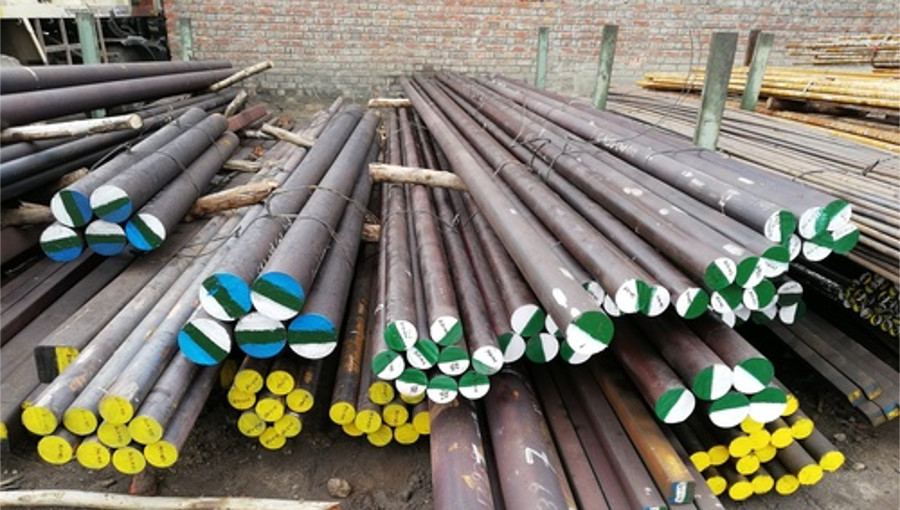The machinability of various grades of steel can be improved by different annealing processes. The toughness can be increased by normalizing, and the strength can be boosted by quenching and tempering.
Soft / Spheroidized Annealed Bars and Wires :
Primarily steels with carbon content higher than 0.5% are delivered in soft annealed condition. However, steels with carbon content down to around 0.20% can also be annealed.
The soft annealing operation converts the carbide in the steel to globules – a procedure known as spheroidization. This makes the steel softer and gives it better formability properties. Incompletely spheroidized steel increases the risk of sheer fracture, particularly during cold forming. Further, the yield properties of steel are impaired and the tool wear increases. A correctly executed soft annealing process also gives better machinability. High-strength steels, in particular, make heavy demands on correct soft annealing to ensure optimum machinability.

Isothermally Annealed Bars :
Mainly carburizing steels with carbon content of around 0.20% that are delivered in an isothermally annealed condition. Isothermal annealing improves the machinability of the steel and provides it with better dimensional stability during hardening. Isothermally annealed bar are therefore used for parts on which extensive machining is to be carried out and strict demands are made on subsequent case hardening.
Stress Relived Bars :
Stress relieved bars, as the name implies, have minimal internal stress. Heat treatment is carried out at 500-600 °C, so that the structure of the steel is not altered. Stress relieved bars reduce the distortion during subsequent machining. This is particularly important on parts with asymmetrical shape.
Normalised Bars :
Normalising produces a more fine-grained steel with improved toughness. Primarily, steels with carbon content between 0.20% and 0.50% are delivered in a normalised condition. On certain grades of steel, normalising also improves the machinability. Normalised bars are used to minimise the risk of brittle fracture at low temperatures.
In normalised steel, the grain size is appreciably finer than in steels which have not been heat treated. Normalising reduces the brittle transition temperature of steel and improves its impact strength.
Quenched and Tempered Bars :
Quenched and tempered bars are delivered as per the conditions specified in various steel standards. A very accurately controlled hardening process, combined with the close composition limits of the steels, enables us to control the hardness after tempering.
Quenched and tempered steels have a structure of tempered martensite which have a high level of hardness.
Surfaced / Induction Hardened Bars :
Steels with carbon content above 0.30% are normally used to achieve a hard, wear-resistant surface and an unaltered core material. The minimized composition scatter of the steel ensures uniform hardness after induction hardening.
